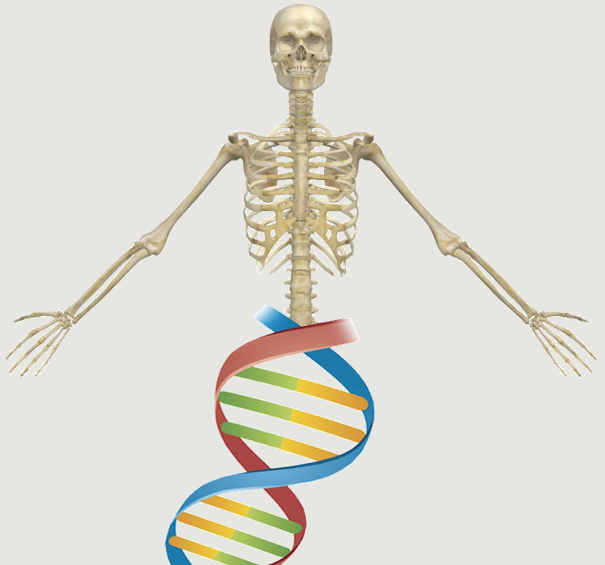Abstract:
The synthesis of polysaccharide-based sponges for the use in tissue engineering was systematically investigated. A comparison study of the branched polysaccharide arabinogalactan (AG) and the linear polysaccharide dextran in the formation of sponges by the reaction with diamines or polyamines was conducted. Three AG-based sponges were synthesized from the crosslinking reaction with different amine molecules. The sponges obtained were highly porous, rapidly swelled in water, and were stable in vitro for at least 11 weeks in aqueous media at 37 degrees C. AG-chitosan sponges were chosen as most suitable to serve as scaffolds for cell growth in tissue engineering. The biocompatibility in vivo of these sponges was evaluated by histological staining and non-invasive MRI technique after implantation in BALB/c mice. The sponge evoked an inflammatory response with vascularization of the implant. The inflammatory reaction decreased with time, indicating a healing process.
Notes:
Ehrenfreund-Kleinman, T Gazit, Z Gazit, D Azzam, T Golenser, J Domb, A J eng Research Support, Non-U.S. Gov't Research Support, U.S. Gov't, Non-P.H.S. Netherlands 2002/09/27 06:00 Biomaterials. 2002 Dec;23(23):4621-31.
Website

